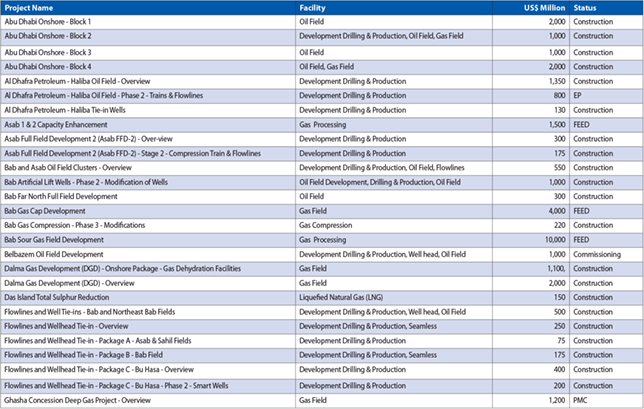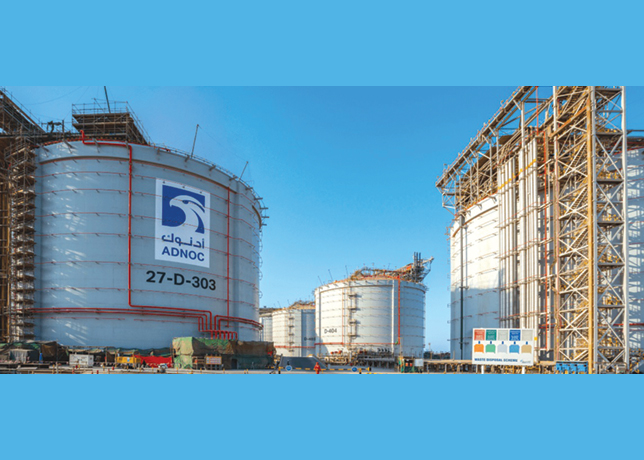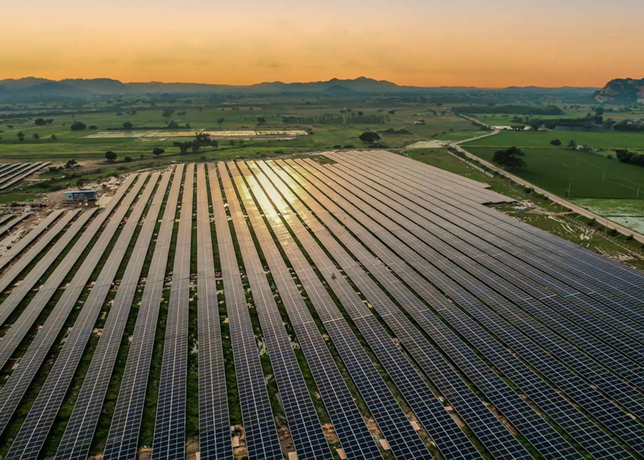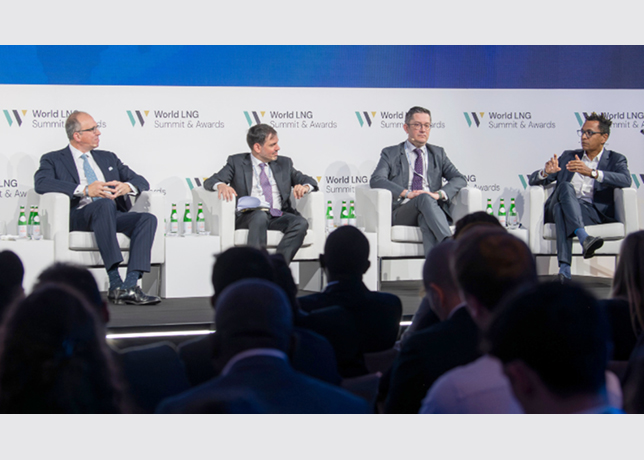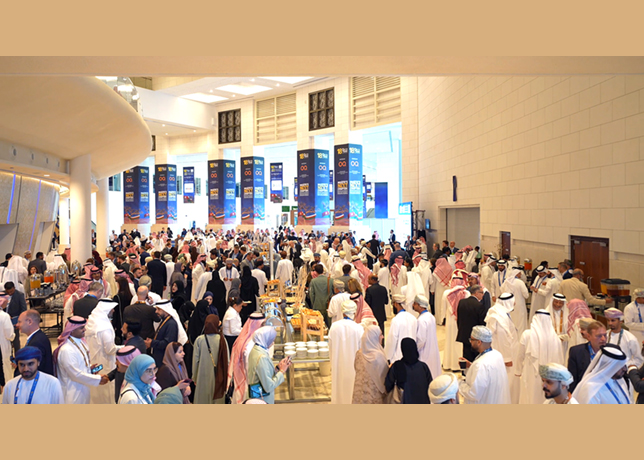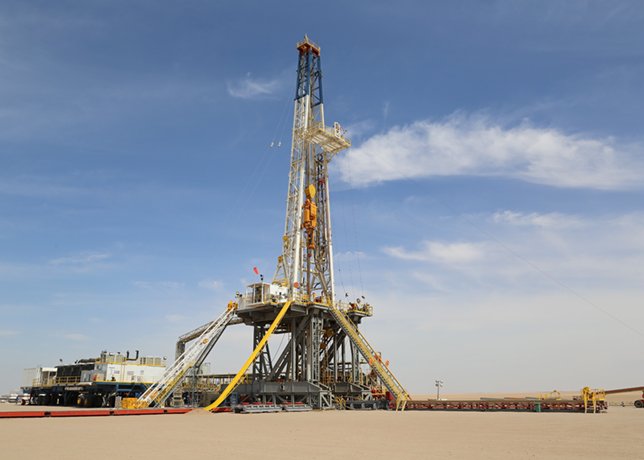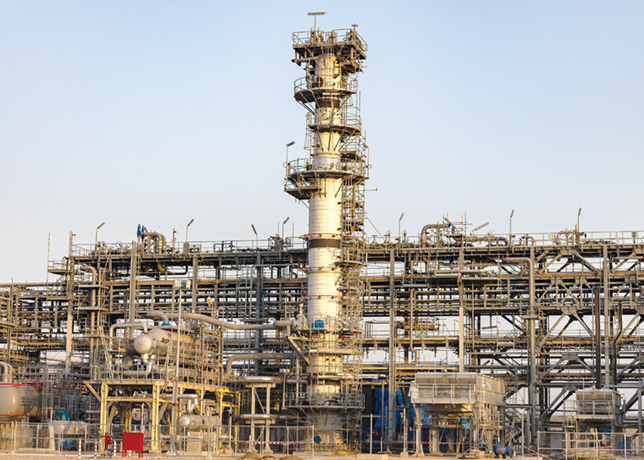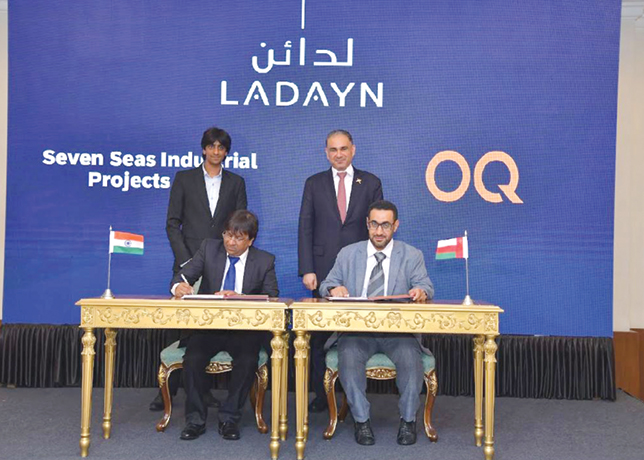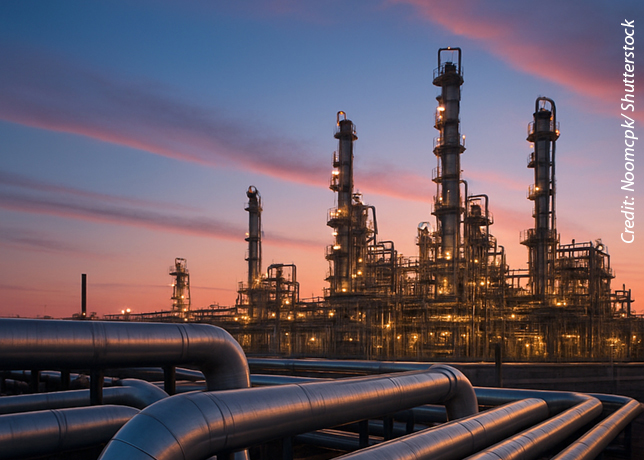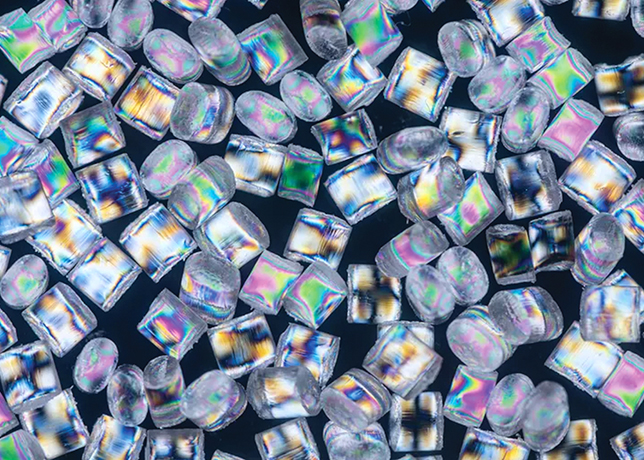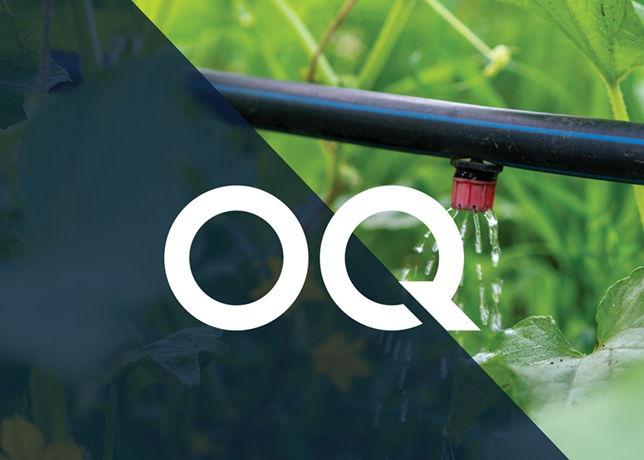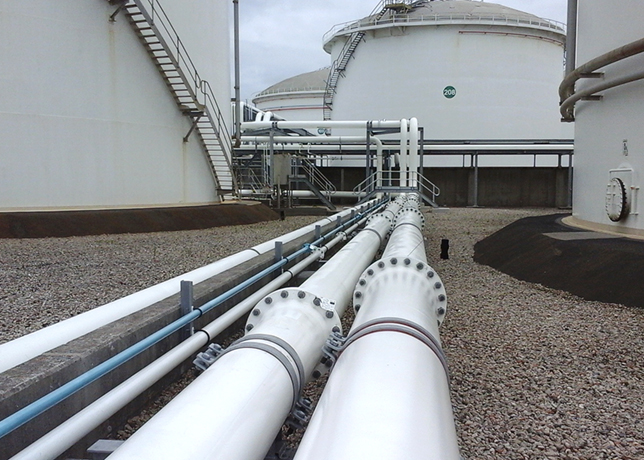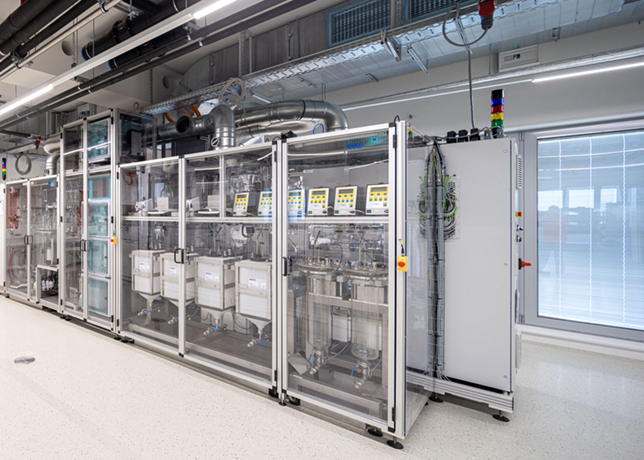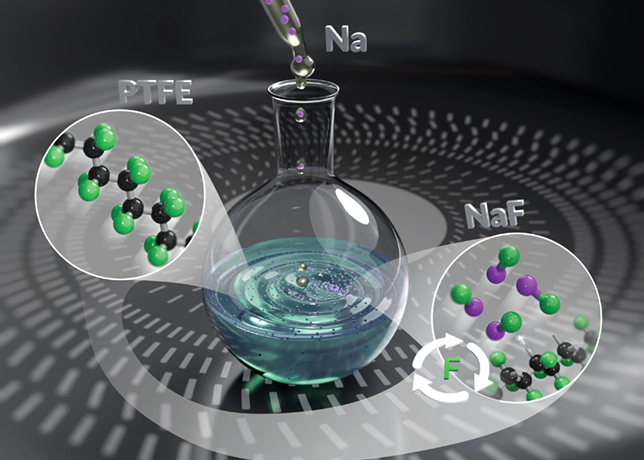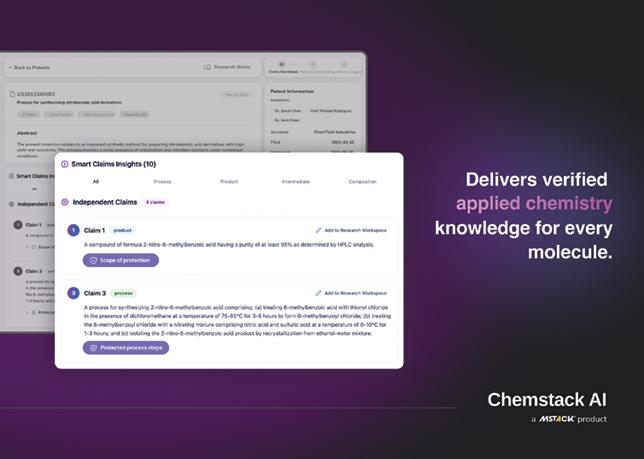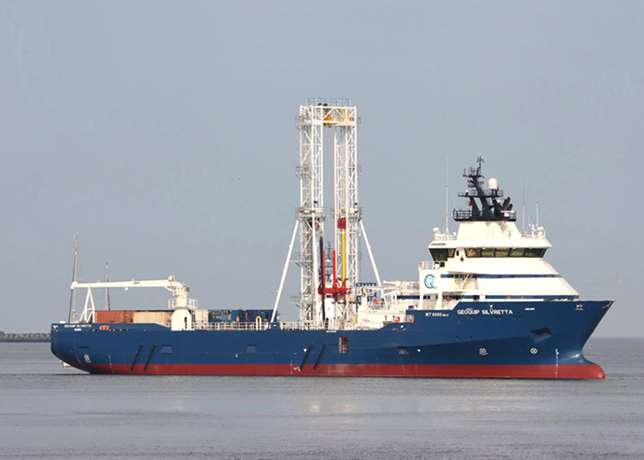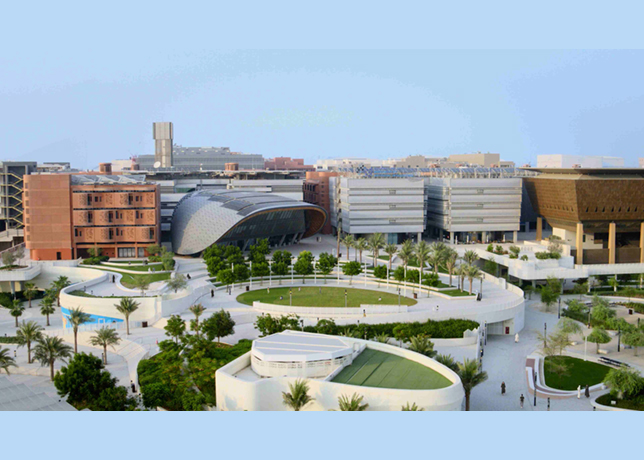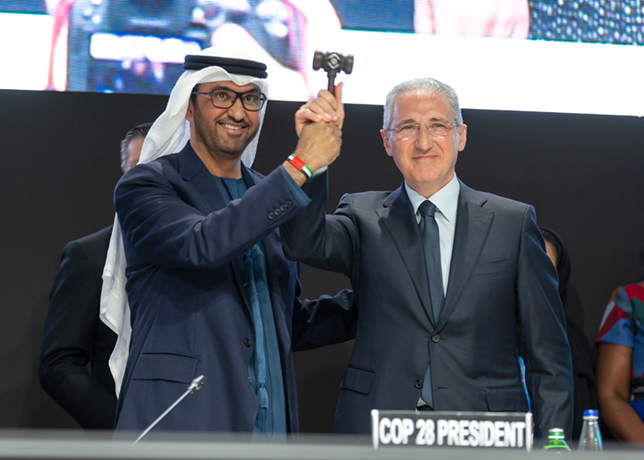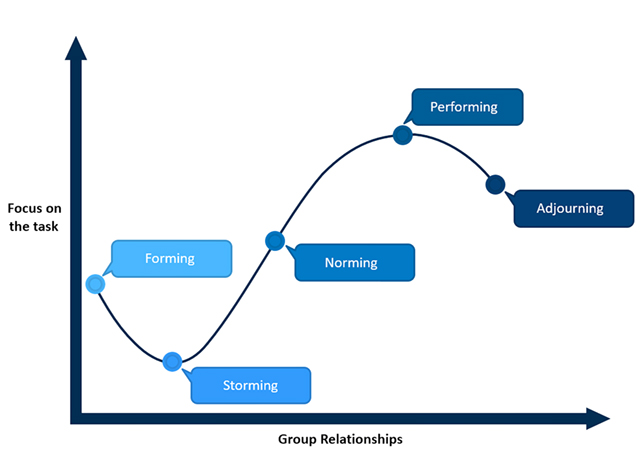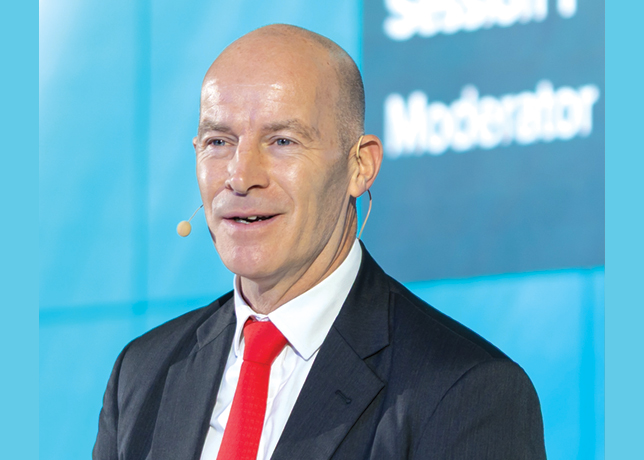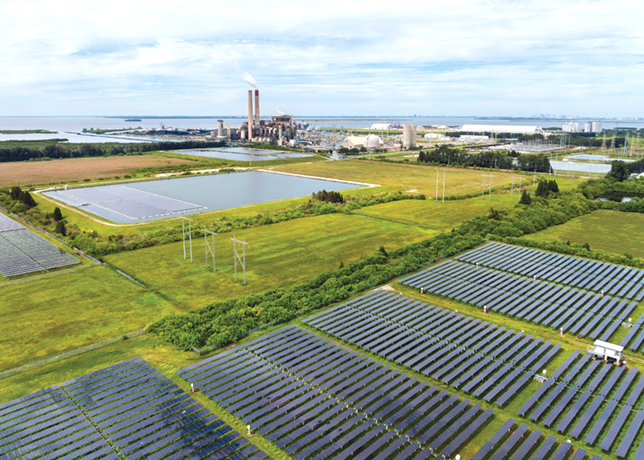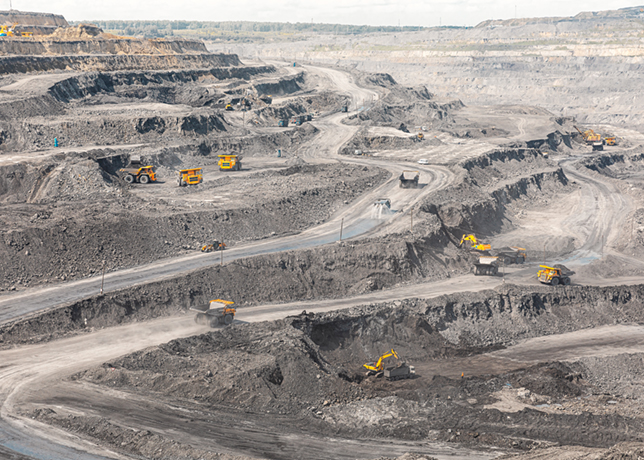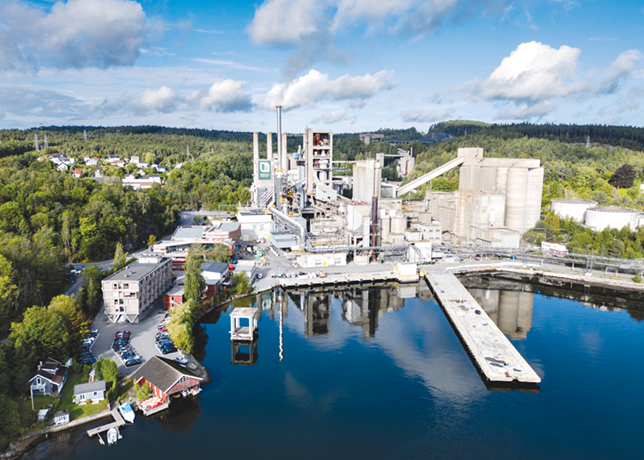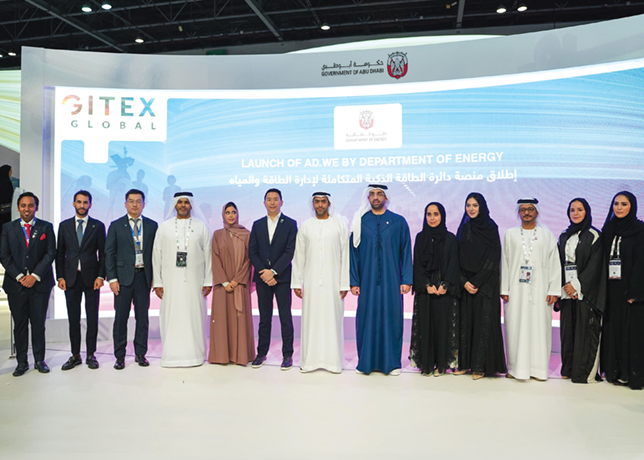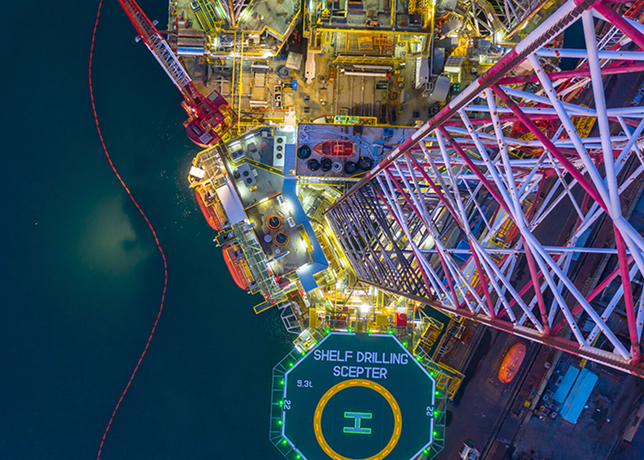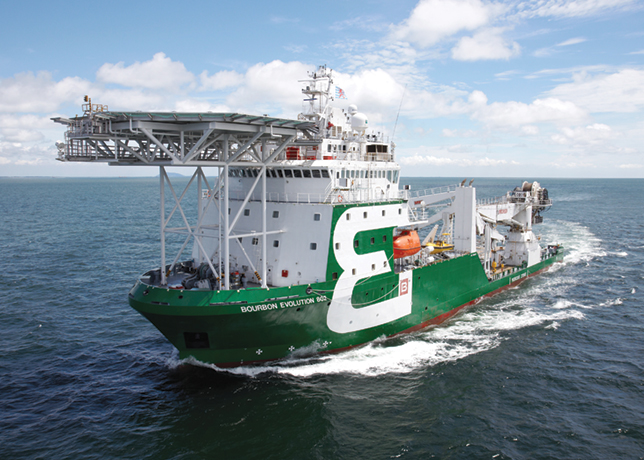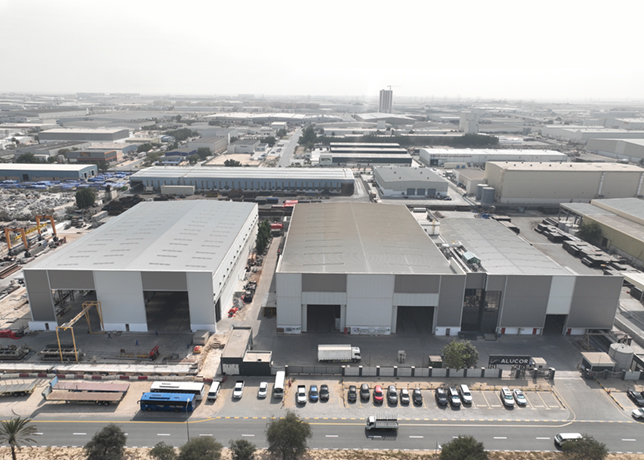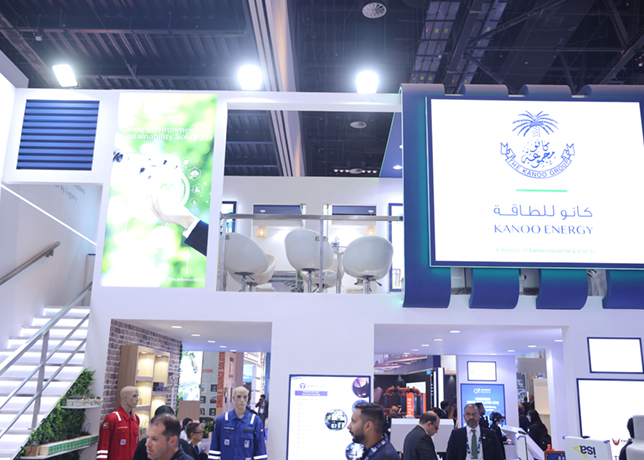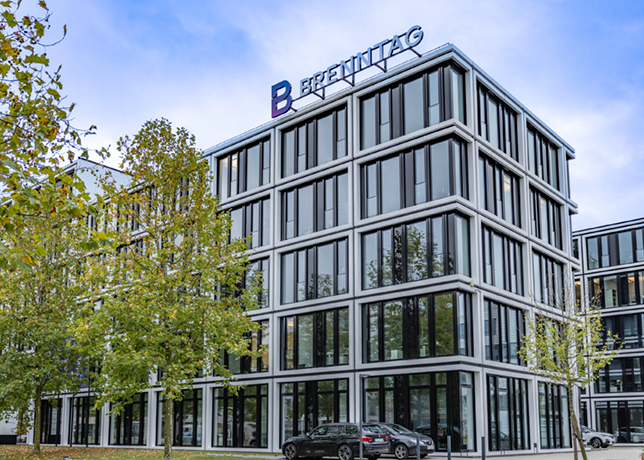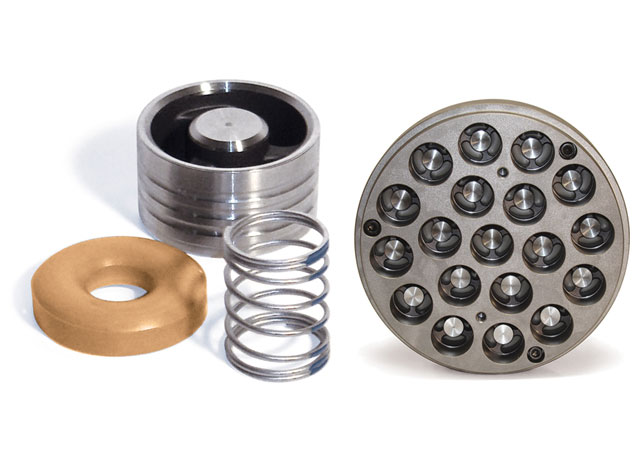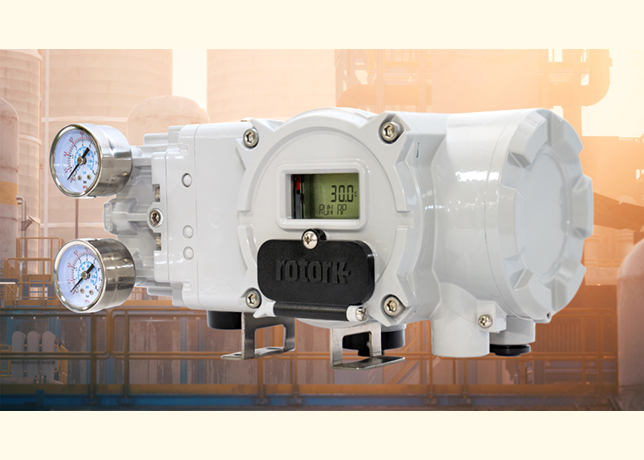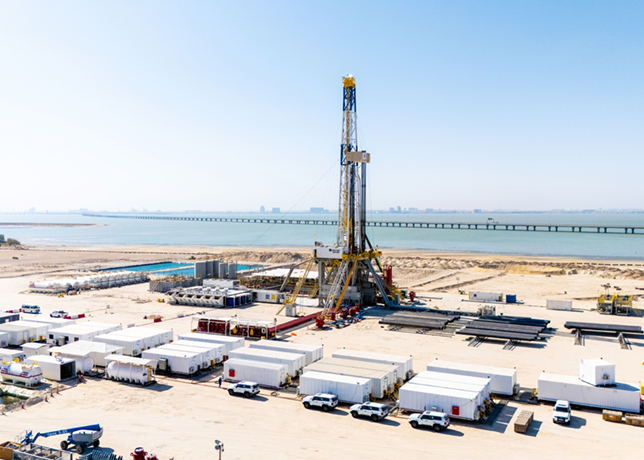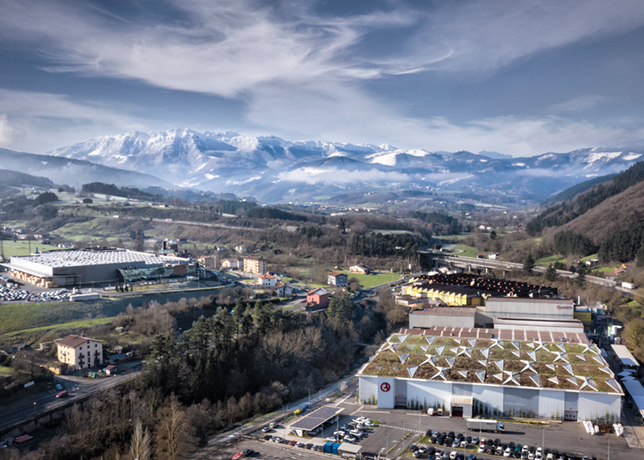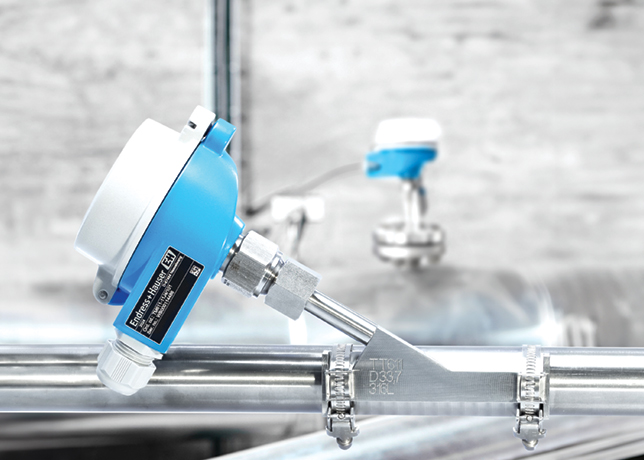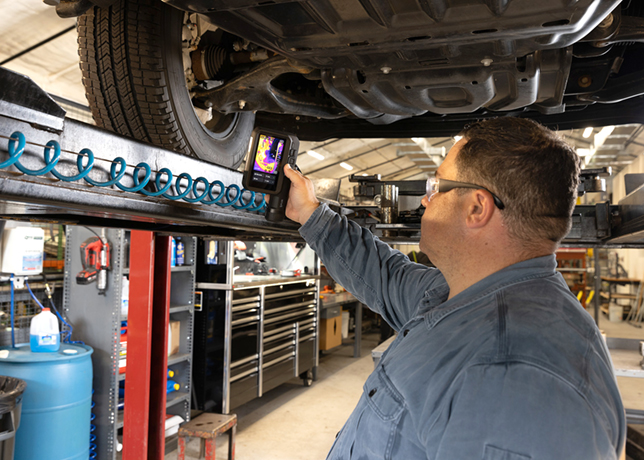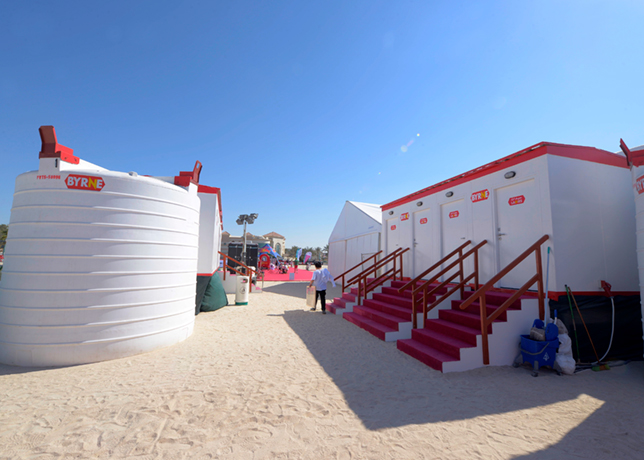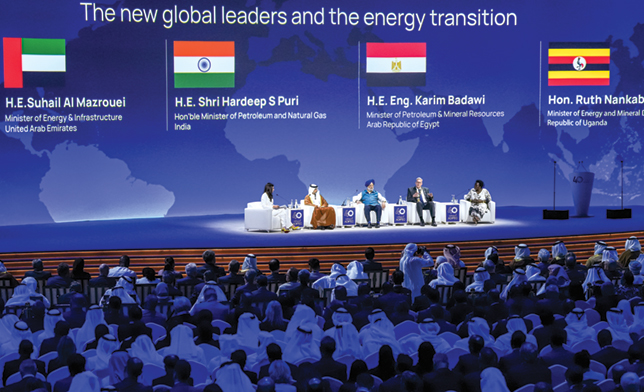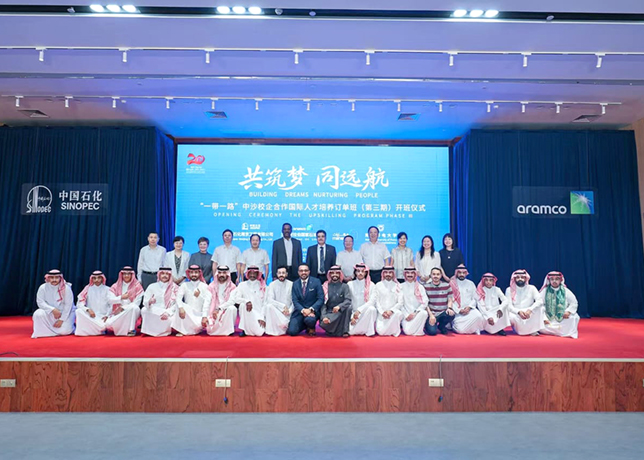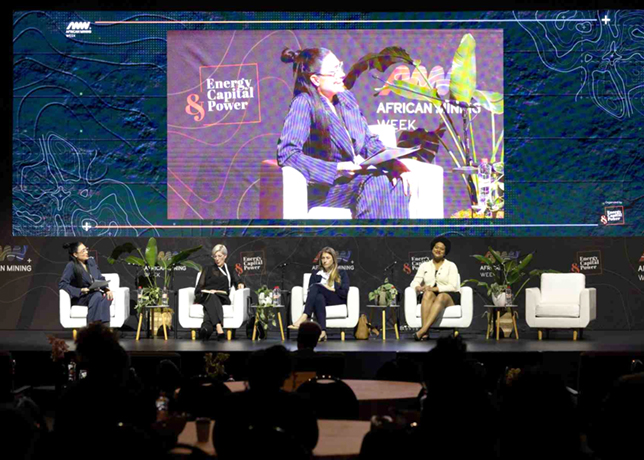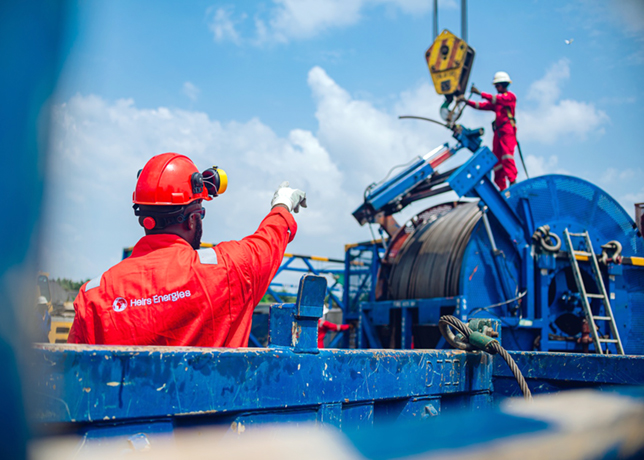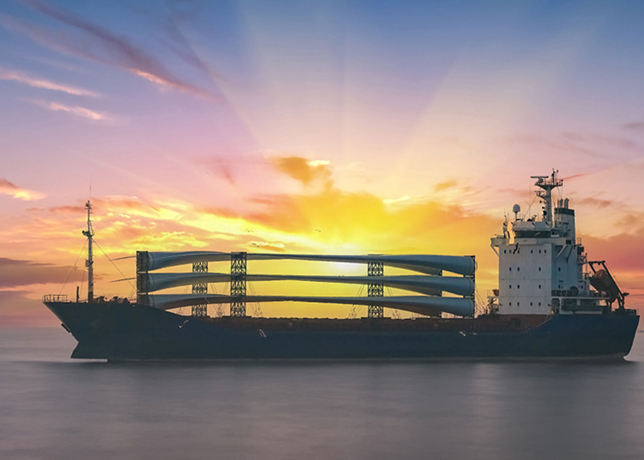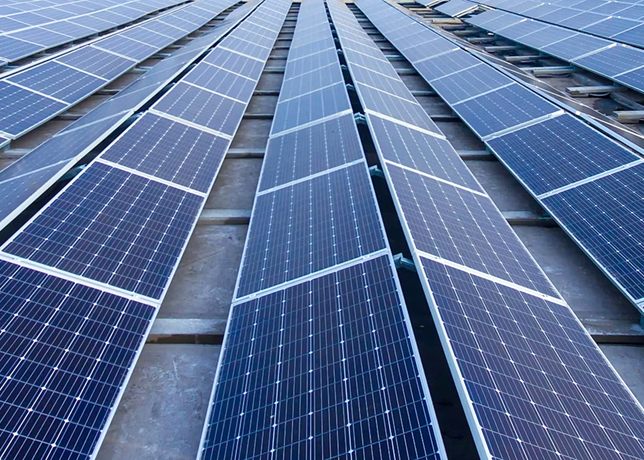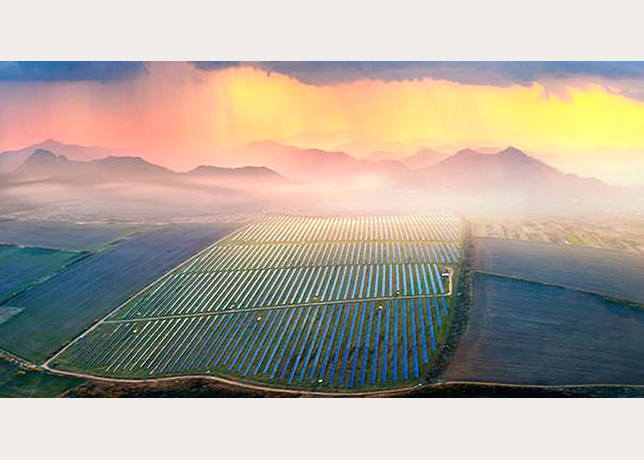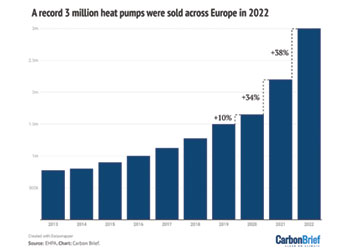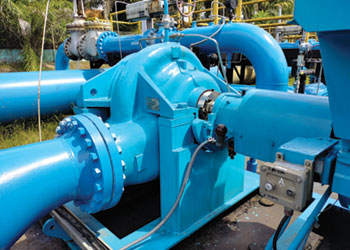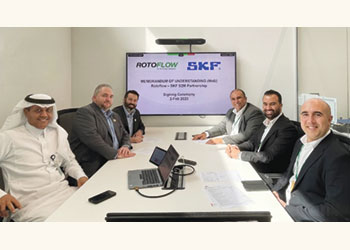
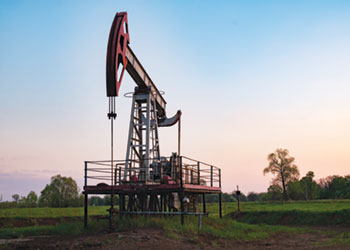 Smart pumping systems are on the rise
Smart pumping systems are on the rise
Key players are taking to mergers and acquisitions, expansions, collaborations and partnerships, as well as new product development to increase their market presence and incorporate advanced pumps
The global oil and gas pumps market size grew from $11.86 billion in 2022 to $12.54 billion in 2023 at a compound annual growth rate (CAGR) of 5.7 per cent.
It is expected to further grow to $15.81 billion in 2027 at a CAGR of 6 per cent due to the development of the oil and gas pipeline infrastructure.
The continued increase in demand for oil owing to the increasing population and industrialisation has fostered the growth in demand for the pumps for various applications in the oil and gas industry.
Add to that the Russia-Ukraine war, which has disrupted the chances of global economic recovery after the Covid-19 pandemic, leading to economic sanctions, a surge in commodity prices, and supply chain disruptions, causing inflation across goods and services and affecting many markets across the globe.
The growing oil supply from Russia and Saudi Arabia is expected to create lucrative opportunities for oil and gas pumps manufacturers during the 2022-2032 period.
According to the Organisation of the Petroleum Exporting Countries (Opec), the demand for Opec crude oil is estimated to increase by more than 40 million barrels per day by the end of 2040.
Additionally, MEA, Asia-Pacific and Latin America are expected to witness refinery additions in coming years, leading to fuel demand for oil and gas pumps by 2.1X.
Additionally, the demand for natural gas is expected to witness an increase in Asian markets owing to rising demand placed on table by the rising population.
China accounts for a major share in gas, and is projected that the demand for gas will increase by 60 per cent, owing to strong policy support.
With the increasing gas production in the US, it is likely to be exported to national and international markets via pipelines or as liquefied natural gas (LNG), increasing demand for oil and gas pumps by nearly 24 per cent.
CENTRIFUGAL PUMPS DOMINATE
Pumps are employed at every stage of the production process in oi and gas, from exploration to refining. They are used to circulate oil under pressure to move process fluids from one location to another.
Centrifugal, positive displacement, and cryogenic pumps are the three primary categories of oil and gas pumps.
These pumps are used for hydrocarbon processing, refineries, water injection, and pipeline services.
Centrifugal pumps are estimated to be the largest segment of the oil and gas market and it is expected to dominate the market during forecasted period.
With the increase in refining capacity in the coming years, the demand for centrifugal pumps is likely to increase.
The segment holds 35.1 per cent of the oil and gas pumps market and is expected to increase 1.7 times due to its ability to handle high flow rates, low viscosity, and due to the increased usage in upstream and multi-phase pumping applications.
The demand for submersible pumps under centrifugal pumps is also growing rapidly due to their functionality as water and oil separators.
Centrifugal pumps are finding enhanced application in crude oil transportation across various countries, and manufacturers are focusing on modifications to improve performance and save energy.
Furthermore, technological development has made deep-water and ultra-deep-water exploration feasible and cost-effective, creating an opportunity for market growth.
Dehydration of gas before transporting it via high-pressure gas pipelines involves the application of centrifugal pumps, which helps in recycling and separating glycol.
The use of specialised and high-speed centrifugal pumps is expected to provide a gain of 310 BPS during the forecast years of 2022-2032.
Additionally, the midstream segment accounts for the largest share of the market and is projected to register the highest growth during the forecast period.
It mainly includes refined products over land, transportation of crude oil, and using network of pipes and pumping stations as well as trucks and rail cars.
INVESTING IN INNOVATION
Smart pumping has increased due to the failure of conventional pumping systems, and sensors have enhanced the performance of pumps.
Emerging Industrial Internet of Things (IIoT) technology is integrated into modern pumping systems, and new pumping technology has reduced capital and operational costs. However, increasing focus on use of renewable energy is a major restraint for the market.
Manufacturers are focusing on the process of innovation and integrating oil and gas pumps with new technology, leading to the development of IIoT based smart oil and gas pumps, which are expected to increase demand by in the coming years.
Additionally, the failure of compressors and pumps is impacting safety and field operations, which is impacting the profits and revenues of oil and gas pumps manufactures.
The shift from conventional pumps to multi-phase pumping is also witnessing escalated demand, as these pumps eliminate the need to separate gas, oil or water, transporting the production directly from the field to the central processing units.
Also, the introduction of different types of sensors like magnetic sensors, pressure sensors, temperature sensors, and chemical sensors by the manufacturers is estimated to trigger market growth by 1.5X over the assessment years.
MEA LEADS MARKET GROWTH
Investments in the oil and gas sector in high crude oil producing regions are expected to trigger market growth in coming years.
The Middle East and Africa (MEA) region is the most lucrative market for oil and gas pumps, currently holding 32.7 per cent of the overall market share.
The demand for oil and gas pumps in the UAE, Qatar, and Saudi Arabia is projected to grow at a CAGR of 3.9 per cent during the forecast period of 2022-2032.
STRINGENT REGULATIONS POSES CHALLENGES
Governments across the world are imposing strict emission regulations on the oil and gas industry due to the rise in global emission levels.
The Global Gas Flaring Reduction Partnership was introduced by the World Bank Group to eliminate the emission of harmful chemicals.
Manufacturers are focusing on renewable sources of energy to meet the emission standards, such as solar and wind energy.
Regulation forces in Canada provide for monitoring of methane leaks and requires the deployment of oil and gas pumps and compressors with zero or low-emitting functionality, which is expected to boost market demand of smart pumps by 2.1X in coming years.
The global oil and gas pumps market is highly fragmented and competitive due to the presence of many domestic and regional players.
Key players are adopting various marketing strategies such as mergers and acquisitions, expansions, collaborations and partnerships, as well as new product development to increase their market presence and incorporate advanced pumps.
Some of the oil and gas pump market leaders include Xylem, Flowserve, KSB, Alfa Laval, and Gardner Denver.



